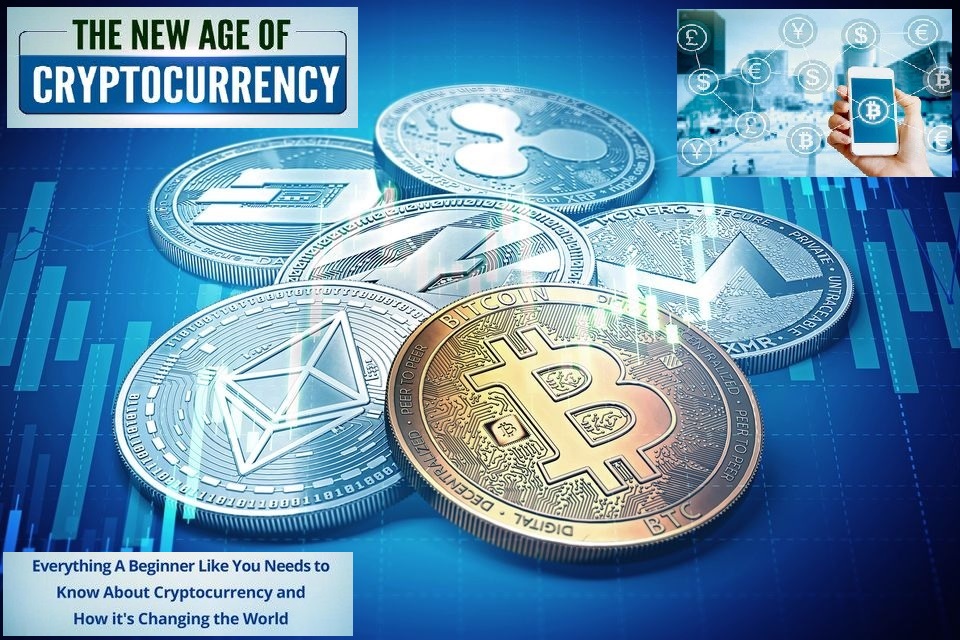All about cryptocurrency
2. Funding your account: After choosing the platform, the next step is to fund the account. Most crypto exchanges allow users to purchase cryptocurrencies using fiat currency like U gringos casino.S. Dollar, or the Euro, or using Credit and Debit cards, but this varies from platform to platform. An important factor to consider here is the fees that include the potential deposit and withdrawal transaction fees plus the trading fees.
In terms of annual consumption (kWh/yr), the figures were: Polkadot (70,237), Tezos (113,249), Avalanche (489,311), Algorand (512,671), Cardano (598,755) and Solana (1,967,930). This equates to Polkadot consuming 7 times the electricity of an average U.S. home, Cardano 57 homes and Solana 200 times as much. The research concluded that PoS networks consumed 0.001% the electricity of the bitcoin network. University College London researchers reached a similar conclusion.
Transactions that occur through the use and exchange of these altcoins are independent from formal banking systems, and therefore can make tax evasion simpler for individuals. Since charting taxable income is based upon what a recipient reports to the revenue service, it becomes extremely difficult to account for transactions made using existing cryptocurrencies, a mode of exchange that is complex and difficult to track.
What is cryptocurrency
Though cryptocurrency blockchains are highly secure, off-chain crypto-related key storage repositories, such as exchanges and wallets, can be hacked. Many cryptocurrency exchanges and wallets have been hacked over the years, sometimes resulting in the theft of millions of dollars in coins.
In June 2020, FATF updated its guidance to include the “Travel Rule” for cryptocurrencies, a measure which mandates that VASPs obtain, hold, and exchange information about the originators and beneficiaries of virtual asset transfers. Subsequent standardized protocol specifications recommended using JSON for relaying data between VASPs and identity services. As of December 2020, the IVMS 101 data model has yet to be finalized and ratified by the three global standard setting bodies that created it.
Another method is called the proof-of-stake scheme. Proof-of-stake is a method of securing a cryptocurrency network and achieving distributed consensus through requesting users to show ownership of a certain amount of currency. It is different from proof-of-work systems that run difficult hashing algorithms to validate electronic transactions. The scheme is largely dependent on the coin, and there is currently no standard form of it. Some cryptocurrencies use a combined proof-of-work and proof-of-stake scheme.
Although the original idea behind cryptocurrency was to create an alternative monetary asset, many investors purchase cryptocurrency not as money, but as an alternative asset or a way to invest in its underlying blockchain technology. Crypto is an emerging field, not unlike the technology sector in the 1990s. There are plenty of brilliant ideas in the crypto world, but not every blockchain innovation will find its way to mainstream use. So, if you’re planning on investing in cryptocurrencies, proceed with a healthy dose of caution.
Transaction fees (sometimes also referred to as miner fees or gas fees) for cryptocurrency depend mainly on the supply of network capacity at the time, versus the demand from the currency holder for a faster transaction. The ability for the holder to be allowed to set the fee manually often depends on the wallet software used, and central exchanges for cryptocurrency (CEX) usually do not allow the customer to set a custom transaction fee for the transaction. Their wallet software, such as Coinbase Wallet, however, might support adjusting the fee.
In this consensus mechanism, validators are chosen via a lottery system. In order to be in this lottery, you must stake that network’s native coins. Your staked coins are like lottery tickets – the more you have staked, the greater the chance you have of being selected by a network to validate the latest block.

Learn all about cryptocurrency
Fidelity does not provide legal or tax advice. The information herein is general and educational in nature and should not be considered legal or tax advice. Tax laws and regulations are complex and subject to change, which can materially impact investment results. Fidelity cannot guarantee that the information herein is accurate, complete, or timely. Fidelity makes no warranties with regard to such information or results obtained by its use, and disclaims any liability arising out of your use of, or any tax position taken in reliance on, such information. Consult an attorney or tax professional regarding your specific situation.
Underwhelmed? That’s fair. The innovation here isn’t some cumbersome alternative to Google Sheets. It’s that everyone can download blocks from other people on the network to build identical copies of the blockchain on their computers. That’s what the software we mentioned earlier does.
The digital age brought with it some serious innovation. Your fridge can text you when you forget to close the door, you can summon your car from a smartphone app, and it looks like you’ll soon be receiving mail by drone.
Skills you’ll gain: Blockchain, Cryptography, Encryption, Payment Systems, FinTech, Key Management, Digital Assets, Network Protocols, Cybersecurity, Transaction Processing, Distributed Computing, Emerging Technologies, Scripting, Financial Regulation, Public Affairs, Market Dynamics
So far, we’ve talked about trading and investing. These methods generally require a lot of time, which not everyone has. If you’re one of those busy but efficient people, we have some other options for you.